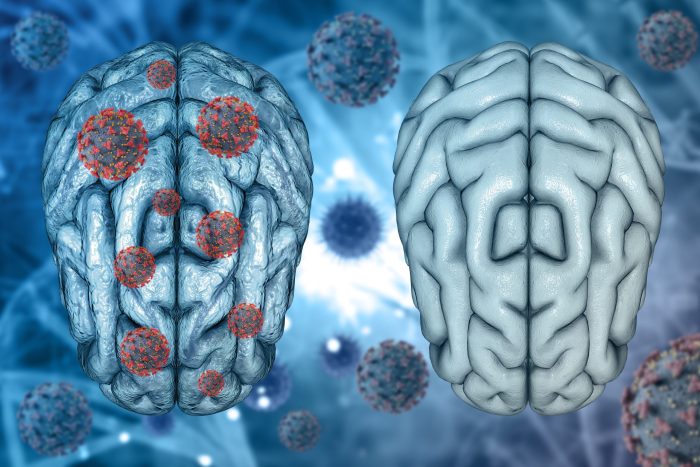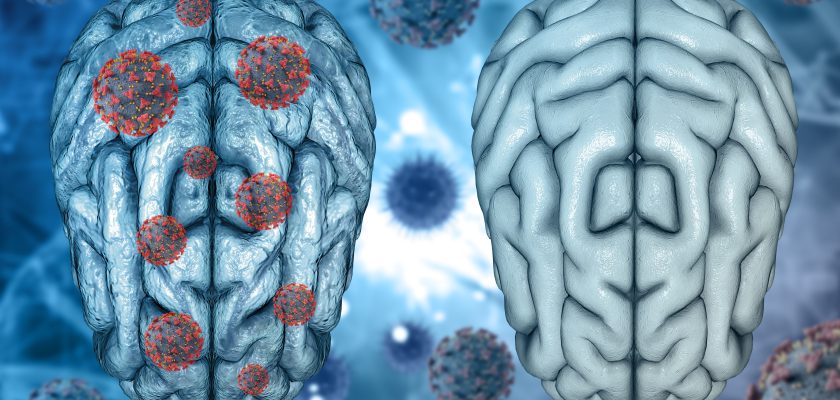
The idea of a brain eating amoeba lurking in water might sound like science fiction, but it’s very real — and extremely deadly. Over the years, news headlines have increasingly reported tragic stories involving this microscopic organism, sparking public concern, especially among swimmers and parents of young children. But how worried should we really be?
In this article, we’ll explore what the brain-eating amoeba is, how it infects people, where it’s found, and — most importantly — how to protect yourself and your loved ones.
What Is a Brain-Eating Amoeba?
The term brain-eating amoeba refers to a rare but deadly organism known as Naegleria fowleri. This free-living amoeba is typically found in warm freshwater environments, including lakes, hot springs, rivers, and even poorly maintained swimming pools. Contrary to common myths, it is not found in saltwater like oceans or seas.
Naegleria fowleri enters the human body through the nose, typically when someone dives or splashes water forcefully into their nostrils. Once inside, it travels along the olfactory nerve to the brain, where it causes a condition called primary amoebic meningoencephalitis (PAM) — a rapidly progressing infection that destroys brain tissue.
How Common Is the Infection?
Despite the alarming nature of the brain-eating amoeba, infections are extremely rare. In the United States, for example, the CDC reports fewer than 10 cases per year. Since the organism was first identified in the 1960s, only about 160 cases have been documented in the U.S. — with a survival rate of less than 3%.
However, the low frequency does not mean it isn’t dangerous. What makes Naegleria fowleri particularly terrifying is how aggressively it attacks and how quickly symptoms progress. Once symptoms appear — usually within 2 to 5 days — death can occur in just a few more days.
Symptoms of Brain-Eating Amoeba Infection
Because brain-eating amoeba infections are rare, early diagnosis is difficult, and symptoms are often mistaken for more common illnesses. Typical signs of PAM include:
- Severe frontal headache
- Fever
- Nausea and vomiting
- Stiff neck
- Confusion and hallucinations
- Loss of balance and seizures
- Coma
Early treatment is critical, but due to the infection’s rapid progression, it is often fatal even with medical intervention.
Where Is the Brain-Eating Amoeba Found?
Naegleria fowleri thrives in warm freshwater, especially during the summer months when temperatures rise. It is most commonly found in:
- Warm lakes and ponds
- Rivers with slow-moving or stagnant water
- Hot springs
- Water parks and splash pads (if not properly chlorinated)
- Poorly maintained or untreated swimming pools
- Neti pots and other nasal rinsing devices using unboiled tap water
Countries like India, the United States (especially southern states like Florida and Texas), Australia, and Pakistan have reported more frequent cases due to warm climates and freshwater exposure.
Should You Be Worried About Swimming?
It’s natural to be concerned, especially when young children are involved. But the risk of infection remains extremely low. Here’s what the data tells us:
- Millions of people swim in freshwater every year.
- Only a tiny fraction contract Naegleria fowleri.
- Infection generally occurs in specific conditions: warm, untreated water and forceful nasal water entry.
So while the idea of a brain-eating amoeba can be scary, everyday activities like swimming in properly maintained pools or clean, cold rivers are considered safe.
How to Protect Yourself from Brain-Eating Amoeba
While you can’t eliminate the organism from the environment, you can take steps to minimize the risk of infection:
1. Avoid Warm, Untreated Freshwater During Summer
Refrain from swimming in lakes, ponds, or rivers where water is warm and stagnant. If you must swim, try to keep your head above water.
2. Use Nose Clips or Hold Your Nose
If swimming in freshwater, use a nose clip or manually hold your nose shut to prevent water from being forced into your nasal passages.
3. Don’t Stir Up Sediment
The amoeba tends to live in the sediment at the bottom of lakes and rivers. Avoid digging or kicking up the bottom while swimming.
4. Keep Pools Properly Chlorinated
If you own a pool or hot tub, ensure it is properly cleaned and chlorinated. Poor maintenance can make it a breeding ground for various pathogens, including Naegleria fowleri.
5. Use Sterile Water for Nasal Rinses
Never use tap water for neti pots or sinus rinses unless it has been boiled, filtered (using a filter with an absolute pore size of 1 micron or smaller), or sterilized.
What to Do If You Suspect an Infection
If someone experiences sudden, severe headaches or neurological symptoms after swimming in warm freshwater, seek emergency medical attention immediately. Early treatment is rare but can make a critical difference.
There are some experimental drugs, such as miltefosine, that have been used to treat brain-eating amoeba infections in a few surviving patients — but early detection remains the key challenge.
Final Thoughts
The brain-eating amoeba is a horrifying concept, and while the infection it causes is indeed deadly, it’s important to keep the risk in perspective. The odds of being infected are extremely low — but that doesn’t mean you should ignore it entirely.
With proper awareness and precautions, it’s possible to continue enjoying outdoor water activities safely. As climate change causes temperatures to rise and freshwater habitats to warm, staying informed becomes even more important.
So, should you be worried about the brain-eating amoeba in water? The answer is: be aware, not afraid. Knowledge, vigilance, and a few safety steps can go a long way in protecting yourself and your family.

